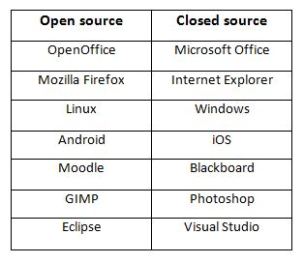Many of you are probably familiar with HTML, or at least have heard the term used before. HTML is refereed to as a markup language (HyperText Markup Language) and while it is definitely not a programming language since you do not write programs with it, it is certainly important part of the web any user should understand.
Anyone viewing this page is using some sort of web browser, such as Chrome, Firefox, or IE. Perhaps even a mobile browser on a phone or tablet. All of these browsers serve the same purpose, and that is read HTML documents and display them in a way that is user friendly.
HTML is the foundation of pretty much any webpage on the internet. It is based on putting tags around text to give content both appearance. Here is a basic example of a few common tags.
On line 1, we see the document type declaration, it is often important to specify what version of HTML you are using so the web browser can most accurately display it. On line 2 is where the start of the webpage is defined, and line 14 is where it ends. Next is what is considered the main “body” of your text.
The “h” stands for heading, and the <h1> denotes not exactly the first heading, but the most important one. The second most important heading would be <h2> and on until <h6>. The heading tag is NOT used for simply making a portion of text bigger or stand out more. As search engines crawl through the web and find your page, the page will be usually be indexed based off the content in the html heading tags. This is why it is important to keep relevant information to your page in the headings.
Anytime you want a line break, add another <p> and </p> tag. This will ensure proper formatting regardless of the browser your user has.
On line 11 there is hyperlink tag denoted by <a>, but the site referenced also needs to be stated in the tag, href specifies that URL.
What this basic webpage would look like in a browser:
Seems to get the job done, but I think there needs to be a lot more tags involved to get a website looking a little more friendly. In reality, there is a lot more going on than just HTML on the webpages we go on. CSS (Cascading Style Sheets) contributes a good deal to the actual design and appearance of a page, while JavaScript provides interactivity in the site.
Thanks for reading this week’s post, and I hope you learned a thing or two about HTML and how web pages are displayed.


